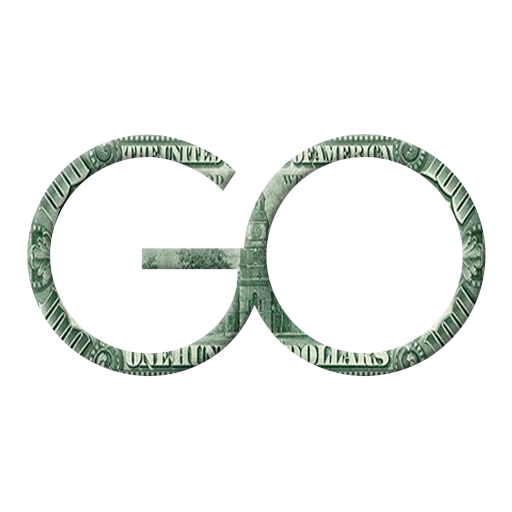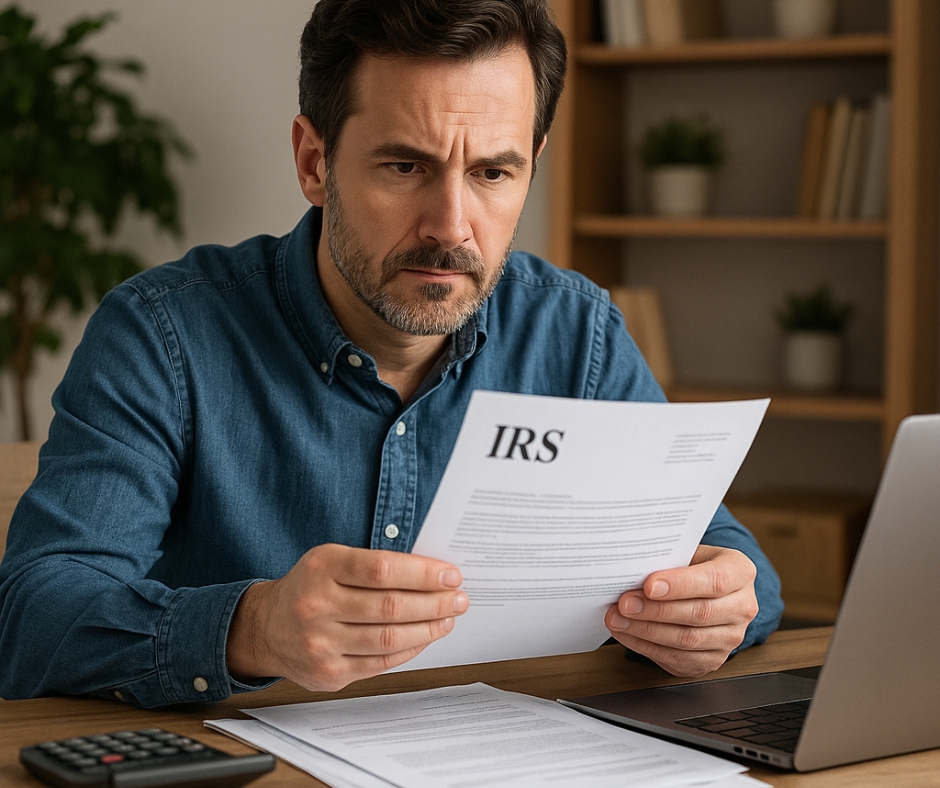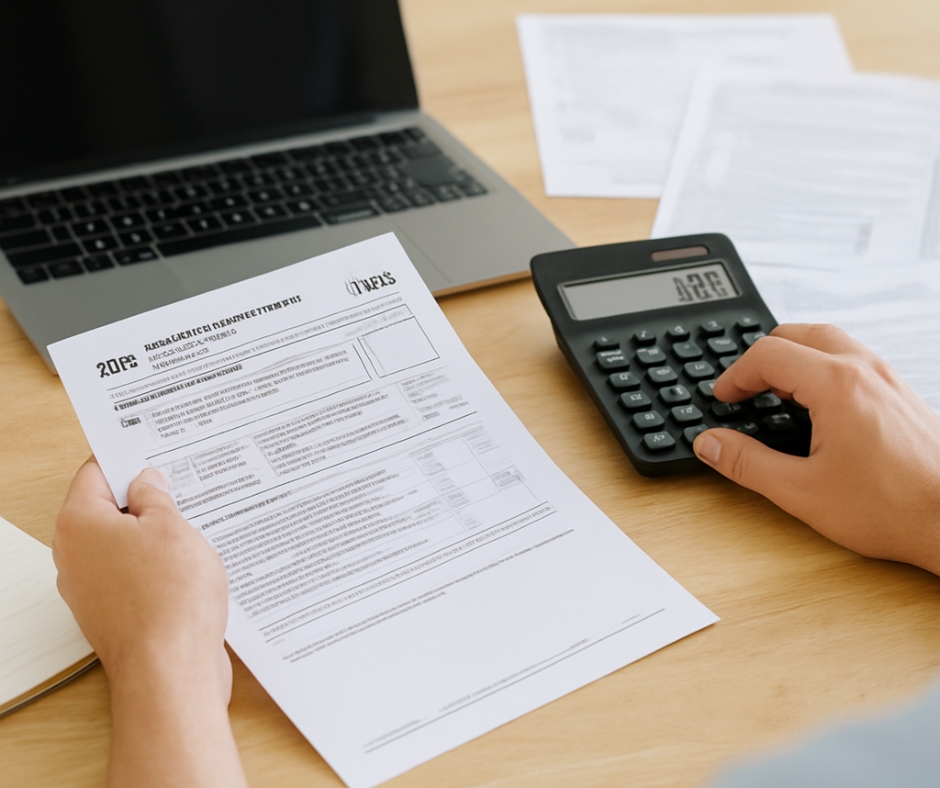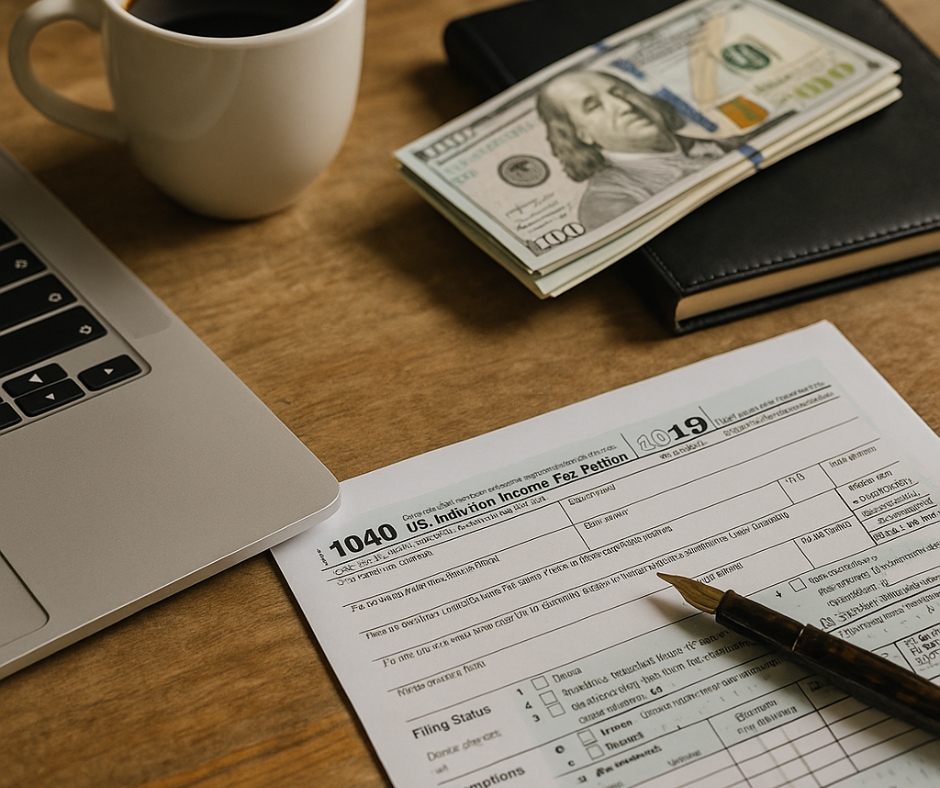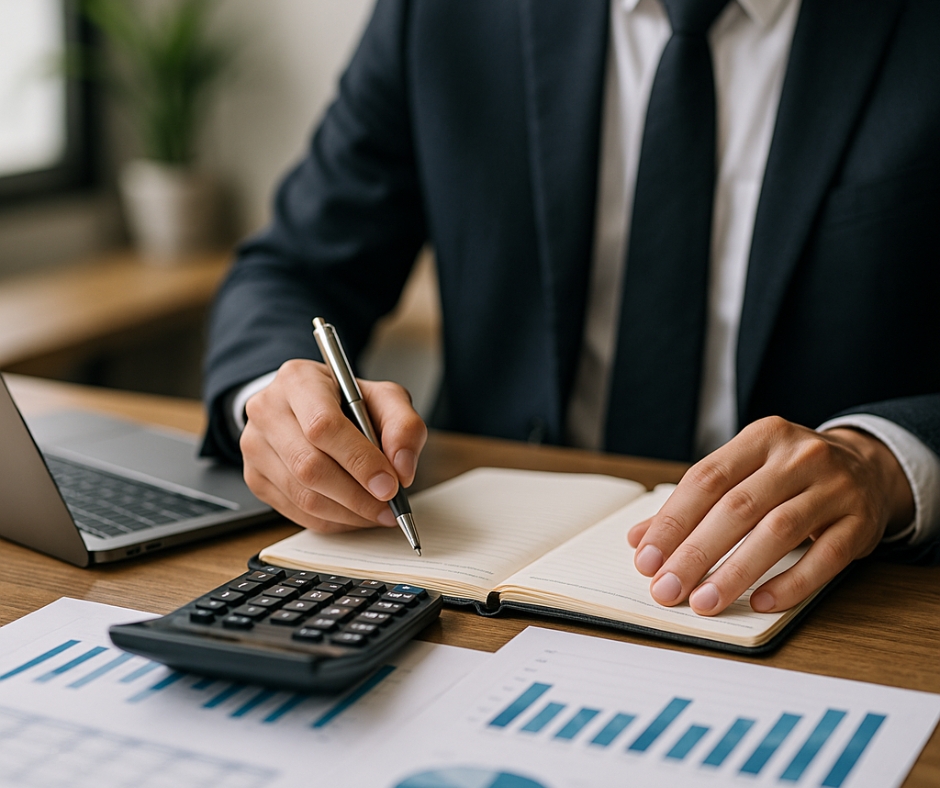The sales cycle is the structured process that every customer follows before making a purchase. Businesses that understand and optimize their sales cycle strategies can increase conversion rates, improve customer relationships, and maximize revenue. However, a long sales cycle can slow down business growth and drain resources.
In this detailed guide, I’ll break down every stage of the sales cycle and share advanced techniques to shorten it, making your sales process more efficient and effective.
What Is the Sales Cycle?
The sales cycle consists of a series of steps that guide potential customers from awareness to purchase. While different industries may have slight variations, the fundamental stages remain the same:
1️⃣ Prospecting: Finding potential customers who might be interested in your product or service.
2️⃣ Qualification: Determining whether a lead is a good fit for what you offer.
3️⃣ Presentation: Demonstrating the value of your product or service through pitches, demos, or meetings.
4️⃣ Handling Objections: Addressing customer concerns that may prevent them from buying.
5️⃣ Closing the Deal: Securing the sale and ensuring a smooth transition for the customer.
6️⃣ Follow-Up: Maintaining the relationship to encourage repeat business and referrals.
Many businesses struggle with long sales cycles because they fail to optimize one or more of these stages. The key to success is identifying bottlenecks and implementing proven sales cycle strategies to accelerate the process.
Stage 1: Prospecting – Finding the Right Leads Efficiently
The Challenge:
Prospecting can be one of the most time-consuming stages. Reaching out to the wrong leads can result in wasted time, low conversion rates, and frustration for sales teams.
How to Improve:
✅ Leverage Automation: Use tools like LinkedIn Sales Navigator, HubSpot, or Apollo.io to find and qualify leads faster. AI-driven prospecting tools can filter high-quality leads based on engagement patterns.
✅ Refine Your Ideal Customer Profile (ICP): Focus on leads who fit your ICP. Define your best customers based on industry, company size, challenges, and budget.
✅ Use Content Marketing to Attract Leads: SEO-optimized blogs, webinars, and lead magnets can bring potential customers directly to you, reducing cold outreach efforts.
🚀 Action Step: Create a lead scoring system to rank potential customers based on their likelihood to buy.
Stage 2: Qualification – Filtering Out Time-Wasters
The Challenge:
Many sales teams spend too much time on leads who will never convert. Without a clear qualification process, your pipeline can become cluttered with unqualified prospects.
How to Improve:
✅ Use the BANT Framework: Assess leads based on Budget, Authority, Need, and Timeline. If a lead lacks the budget or decision-making power, they may not be worth pursuing.
✅ Ask the Right Questions: Use discovery calls or surveys to gauge the prospect’s interest and intent.
✅ Analyze Behavioral Data: Track how leads engage with your website, emails, and content. Someone who downloads multiple resources and watches a demo is more qualified than someone who just clicked a single link.
🚀 Action Step: Implement an automated lead scoring system to prioritize high-potential leads.
Stage 3: Presentation – Selling Through Storytelling and Personalization
The Challenge:
A generic sales pitch won’t resonate with your audience. Many potential customers hesitate to buy because they don’t fully understand how your product or service benefits them.
How to Improve:
✅ Personalize Every Pitch: Use data from your prospect’s industry, pain points, and business needs to tailor your presentation.
✅ Use Storytelling: Instead of listing features, share real-life success stories or case studies to illustrate how your product has helped similar businesses.
✅ Incorporate Social Proof: Customer testimonials, reviews, and case studies build trust and credibility.
🚀 Action Step: Create industry-specific sales pitch templates with customizable sections to address different prospects’ pain points.
Stage 4: Handling Objections – Eliminating Barriers to the Sale
The Challenge:
Most buyers have concerns before making a purchase. Failing to address these objections can lead to lost sales.
How to Improve:
✅ Anticipate Common Objections: List the most frequent concerns (pricing, ROI, implementation time) and prepare data-driven responses.
✅ Use Third-Party Validation: Case studies, testimonials, and expert endorsements help reassure skeptical buyers.
✅ Ask More Questions: If a prospect hesitates, dig deeper. Ask what’s holding them back and address their concerns directly.
🚀 Action Step: Create an objection-handling guide for your sales team with real responses and examples.
Stage 5: Closing the Deal – Sealing the Agreement with Confidence
The Challenge:
Many deals fall apart at the closing stage due to uncertainty or a lack of urgency.
How to Improve:
✅ Use Urgency Ethically: Limited-time offers or exclusive bonuses can motivate buyers to act now.
✅ Simplify the Decision-Making Process: Provide clear pricing, simple contracts, and an easy checkout experience.
✅ Offer Flexible Payment Plans: If cost is a concern, consider offering payment plans or discounts for upfront payments.
🚀 Action Step: Standardize your closing process with a structured, step-by-step framework for finalizing deals.
Stage 6: Follow-Up – Retaining Customers and Driving Referrals
The Challenge:
Many sales teams focus on closing deals but neglect post-sale engagement, missing opportunities for repeat business and referrals.
How to Improve:
✅ Set Up Automated Follow-Ups: Use email sequences to check in with new customers and provide additional value.
✅ Encourage Testimonials and Referrals: Happy customers can become your best brand advocates. Ask for reviews and referrals in a structured way.
✅ Offer Loyalty Incentives: Discounts, exclusive offers, or VIP treatment can keep customers coming back.
🚀 Action Step: Develop a 30-60-90 day customer engagement plan to maintain relationships beyond the sale.
Final Thoughts: Mastering Sales Cycle Strategies for Faster Growth
Shortening the sales cycle isn’t about cutting corners—it’s about making your process more efficient and effective. By optimizing each stage, you can reduce friction, close deals faster, and increase revenue.
Now it’s your turn. Take a closer look at your current sales cycle and implement at least one of these sales cycle strategies today.
✅ Which stage of your sales cycle needs improvement?
✅ What steps can you take right now to speed up conversions?
Let’s make your sales process faster, smarter, and more profitable! 🚀
